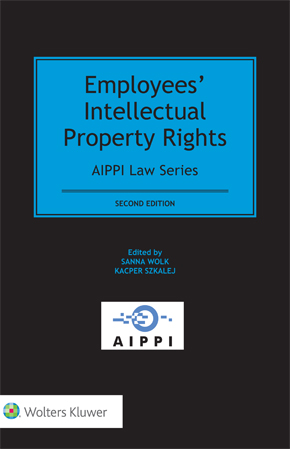Jérôme TASSI est co-auteur du chapitre français du livre “Employees’ Intellectual Property Rights” édité par Wolters Kluwer.
La présentation de l’ouvrage:
About this book:
Employees’ Intellectual Property Rights describes and analyses employers’ acquisition of employees’ intellectual property rights in thirty-four different jurisdictions worldwide collectively representing all habitable continents. In today’s knowledge-based global economy, most inventions are made by employed persons through their employers’ research and development activities. However, methods of establishing rights over an employee’s intellectual property assets are relatively uncertain in the absence of international solutions. Given that increasingly more businesses establish entities in different countries and more employees co-operate across borders, it becomes essential for companies to be able to establish the conditions under which ownership subsists in intellectual property created in employment relationships in various countries. This book provides a distinctive perspective on the ownership aspect of intellectual property rights.
What’s in this book:
With the addition of a new chapter, Uganda, this revised and updated second edition was developed within the framework of the AIPPI, a non-affiliated, non-profit organization dedicated to improving and promoting the protection of intellectual property at both national and international levels. Among the issues and topics covered by the forty-nine distinguished contributors are the following:
- different approaches in different law systems;
- choice of law for contracts;
- harmonizing international jurisdiction rules;
- conditions for recognition and enforcement of foreign judgments;
- employees’ rights in copyright, semiconductor chips, inventions, designs, plant varieties and utility models on a country-by-country basis;
- employee remuneration right;
- parties’ duty to inform; and
- instances for disputes.
How this will help you:
With its wealth of information on an increasingly important subject for practitioners in every jurisdiction, this book is sure to be put to constant use by corporate lawyers and in-house counsel everywhere. It provides detailed information on which practitioners can build strategies in cases involving employees’ intellectual property rights. It is also exceptionally valuable as a thorough resource for academics and researchers interested in the international harmonization of intellectual property law.




